After one year of autologous fat breast augmentation, hard lumps may appear, which may be related to fat necrosis, fibrosis, or cyst formation. It is necessary to seek medical evaluation in a timely manner. The treatment methods include hot compress, massage, medication intervention, or surgical removal.
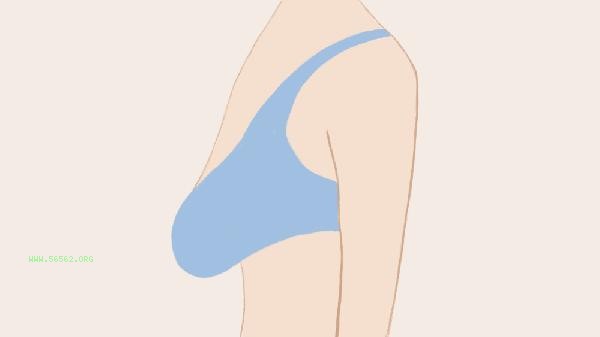
1. Fat necrosis or fibrosis: After autologous fat transplantation, some fat cells may die due to insufficient blood supply and gradually be replaced by fibrous tissue, forming hard lumps. This condition is usually accompanied by mild pain or discomfort. Suggest promoting local blood circulation through hot compress, combined with gentle massage to help soften hard lumps. If the symptoms persist, medical examination is necessary, and the doctor may prescribe anti-inflammatory drugs or recommend physical therapy.
2. Cyst formation: After fat transplantation, cysts may form locally, presenting as hard masses and possibly accompanied by tenderness. Cysts usually need to be diagnosed through ultrasound examination. The treatment methods include puncture aspiration or surgical resection. Puncture aspiration is a minimally invasive method suitable for smaller cysts; If the cyst is large or recurrent, surgical resection is a more thorough option.
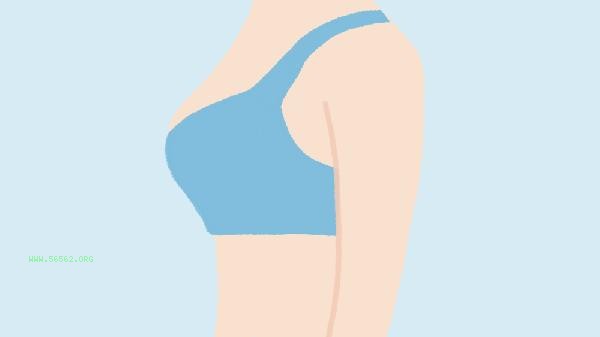
3. Fat calcification: Long term hard lumps may be related to fat calcification, which is a natural process after fat necrosis, manifested as hard lumps with a relatively hard texture. Calcification usually does not cause significant discomfort, but if it affects appearance or psychology, it can be removed through surgery. Surgical methods include local excision or minimally invasive liposuction, and the specific choice depends on the size and location of the hard mass.
4. Infection or inflammation: If a hard lump is accompanied by redness, swelling, fever, or severe pain, it may be related to infection or inflammation. This situation requires immediate medical attention, and the doctor may prescribe antibiotic treatment. If the infection is severe, surgical debridement may be necessary to remove the infected tissue.
5. Improper postoperative care: After autologous fat breast augmentation, improper care, such as premature vigorous exercise or failure to wear shapewear as prescribed, may lead to uneven fat distribution or hard lump formation. It is recommended to strictly follow the doctor's guidance after surgery and avoid premature compression or vigorous activity to reduce the risk of hard lumps. After autologous fat breast augmentation, hard lumps appear, and corresponding measures should be taken according to the specific reasons. It is recommended to seek medical attention promptly, clarify the nature of the hard lump through professional examination, and choose appropriate treatment methods. Postoperative care is equally important, following medical advice can effectively reduce the risk of hard lumps.
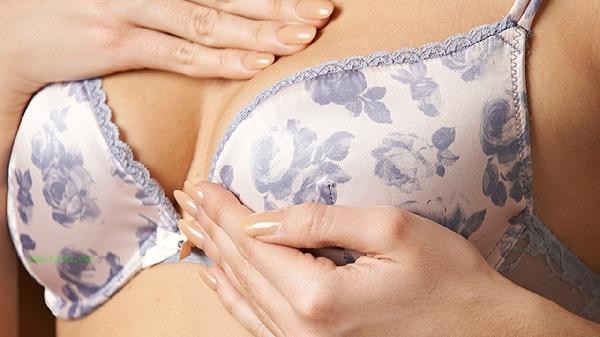

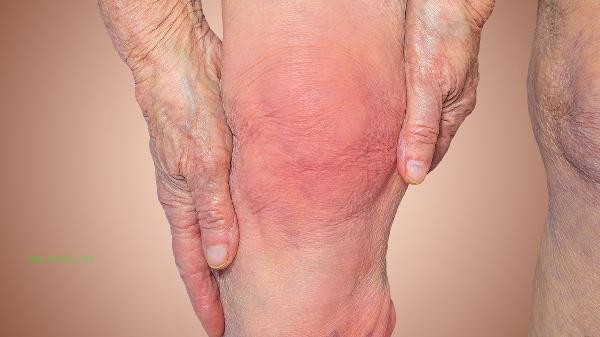
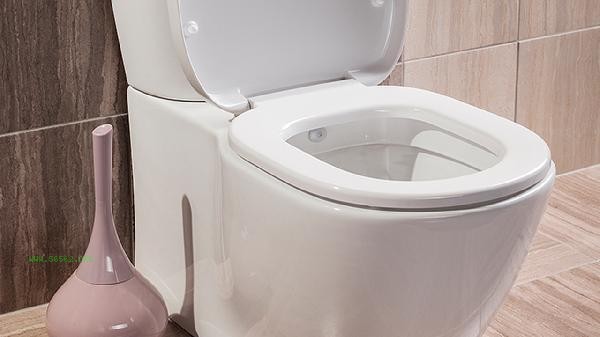
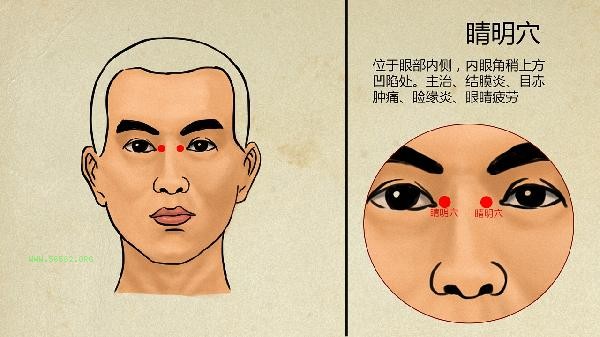
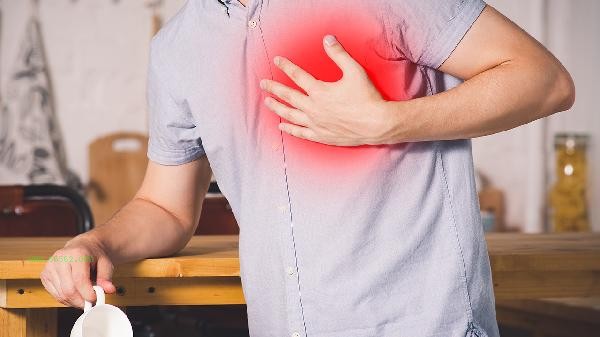
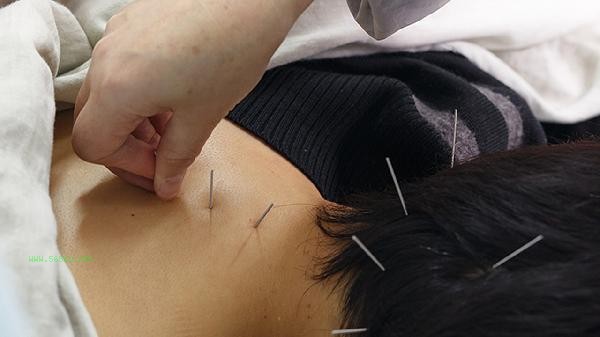


Comments (0)
Leave a Comment
No comments yet
Be the first to share your thoughts!